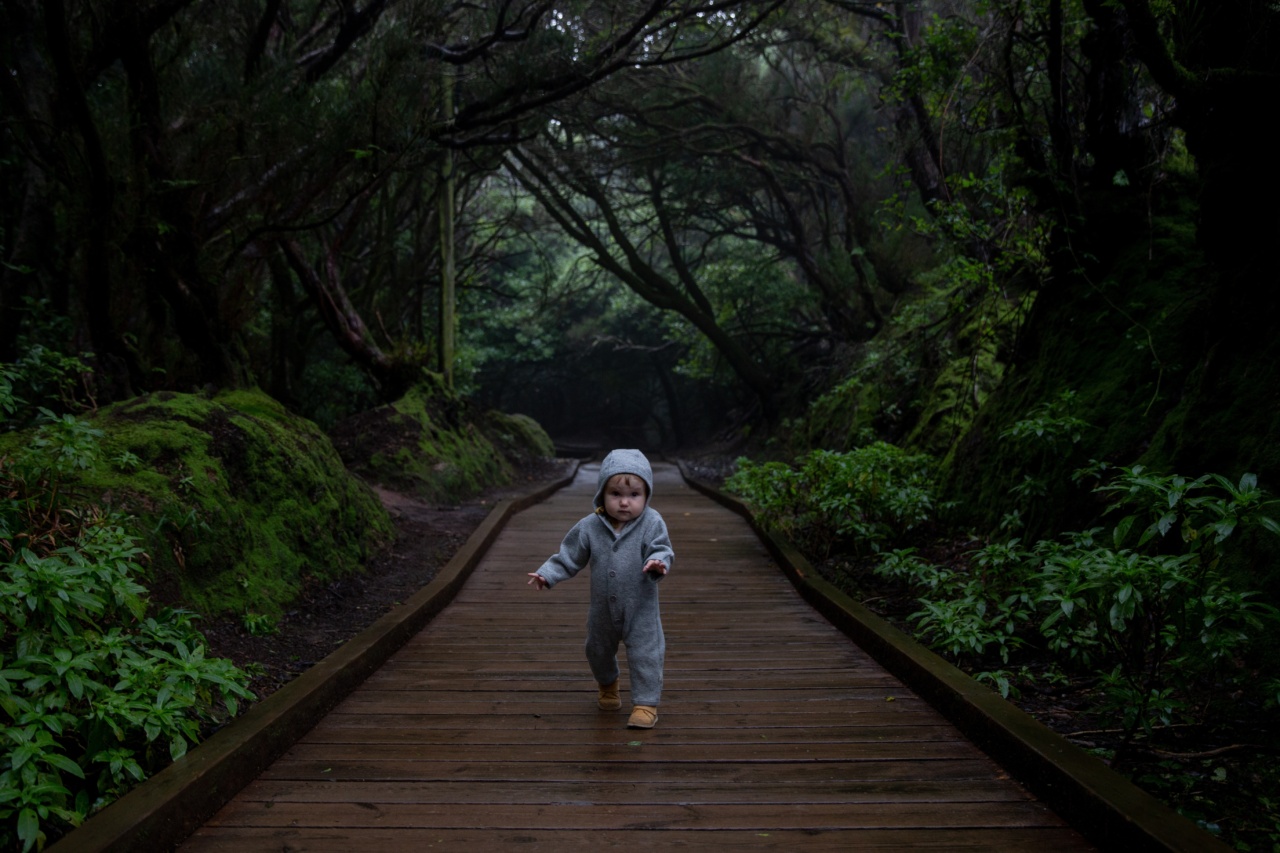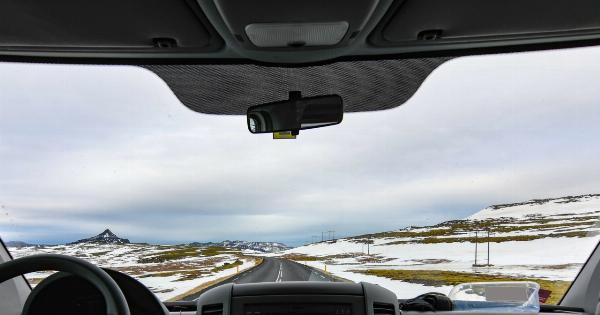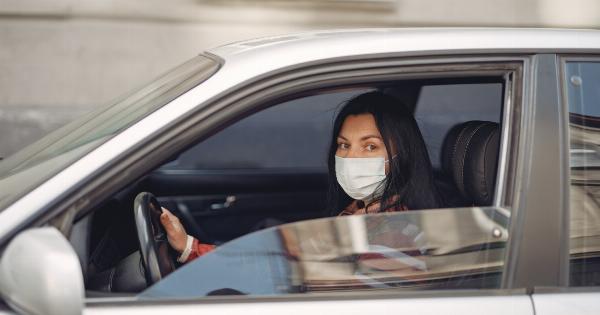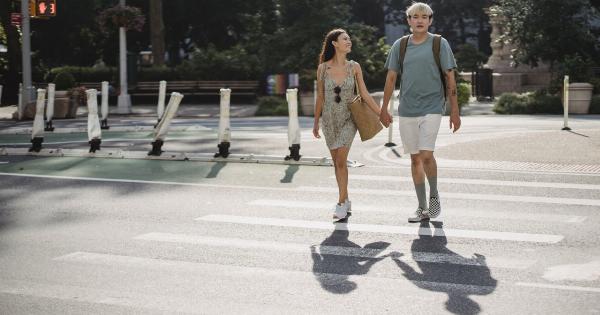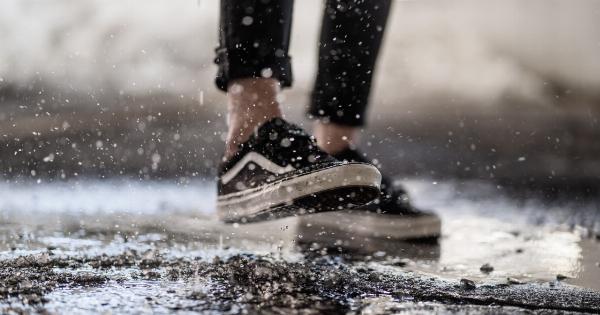Road trips can be fun and adventurous, one way to discover new places and take a break from everyday routine. However, for some people, motion sickness can make the trip less enjoyable and even unbearable.
Motion sickness occurs when the inner ear, the eyes, and other sensory receptors send conflicting signals to the brain, resulting in dizziness, nausea, and vomiting. If you are prone to motion sickness, here are ten tips to help you avoid it and make your road trip a pleasant experience.
1. Choose the Right Seat
The best seat for someone prone to motion sickness is the front seat, preferably by the window. Sitting in the front seat allows you to see the road ahead and anticipate any movement.
Being near the window also allows for fresh air to circulate and helps calm your senses. Avoid sitting in the back seat, facing backward, or in a cramped space. The back seat has more side-to-side and up-and-down movements, making it more likely to trigger motion sickness.
2. Focus on the Horizon
One of the tricks to avoid motion sickness is to focus on a stable point in the distance. Looking at the horizon or the farthest point helps the inner ear to reconcile with the movement, reducing the conflict with other sensory receptors.
Avoid reading, watching movies, and playing games, as they require you to focus on a stationary object without taking into account the movement around you.
3. Take Breaks
Long car rides can be stressful for your body and mind. Taking breaks frequently to stretch your legs, use the restroom, and get some fresh air can help prevent motion sickness.
It also helps to take a five-minute walk and do some light exercises, such as squats or jumping jacks, to stimulate blood flow and disperse any accumulated tension.
4. Control Your Breathing
Breathing exercises are a good way to calm your senses and alleviate nausea. Take slow and deep breaths, focusing on inhaling and exhaling.
You can also try to hold your breath for a few seconds and exhale slowly, as this helps reduce anxiety and regulates the circulatory system.
5. Hydrate and Eat Light
Dehydration and a full stomach can worsen motion sickness symptoms. It’s important to drink plenty of water before and during the trip, as water helps keep your body hydrated, regulates blood sugar levels, and cleanses your system.
Eat light meals, such as crackers, granola bars, and fruits, as they provide energy without overloading your stomach.
6. Take Medication
If you know you’re prone to motion sickness, taking medication before the trip can help prevent or reduce its symptoms. There are over-the-counter options, such as Dramamine and Bonine, that can prevent dizziness and nausea.
You can also talk to your doctor or pharmacist to recommend prescription medication or alternative remedies, such as ginger or acupressure wristbands.
7. Avoid Strong Scents
Strong smells, such as perfume or cigarette smoke, can trigger motion sickness by overloading your senses. Avoid using perfume, cologne, or scented candles before and during the trip.
Avoid foods with strong smells, such as fast food or greasy snacks, as they can also cause nausea and vomiting.
8. Keep the Car Ventilated
Airflow is important to keep your senses stable and your body cool. Make sure the car is well-ventilated by opening the windows or adjusting the air conditioning.
Aim the vents toward your face or feet, as this helps regulate your body temperature and reduce dizziness. Avoid hot and stuffy environments, as they can exacerbate motion sickness symptoms.
9. Distract Yourself
Another way to avoid motion sickness is to distract yourself from the movement. Listen to music, podcasts, or audiobooks, as these provide a mental focus and reduce anxiety.
You can also play games or solve puzzles, as these stimulate your brain and take your thoughts away from the movement.
10. Drive Yourself
If all else fails, consider driving yourself. Being in control of the car allows you to adjust the speed, direction, and stops according to your comfort level.
It also gives you a sense of control and reduces anxiety, as you have a better understanding of the road and the movement.
